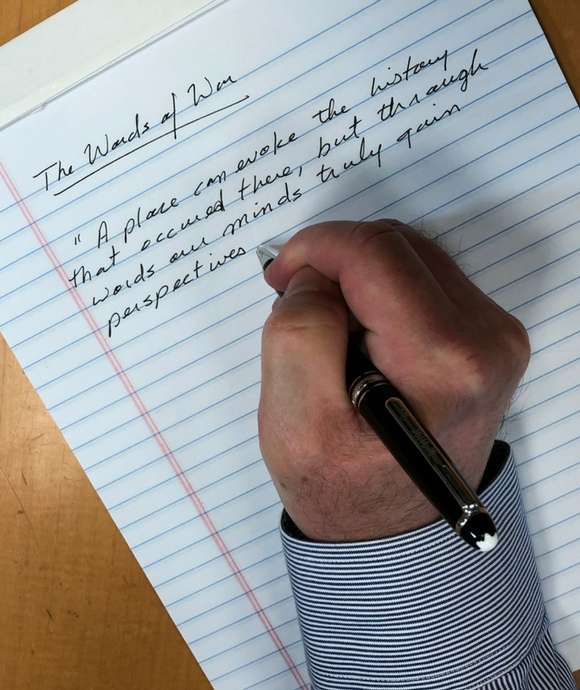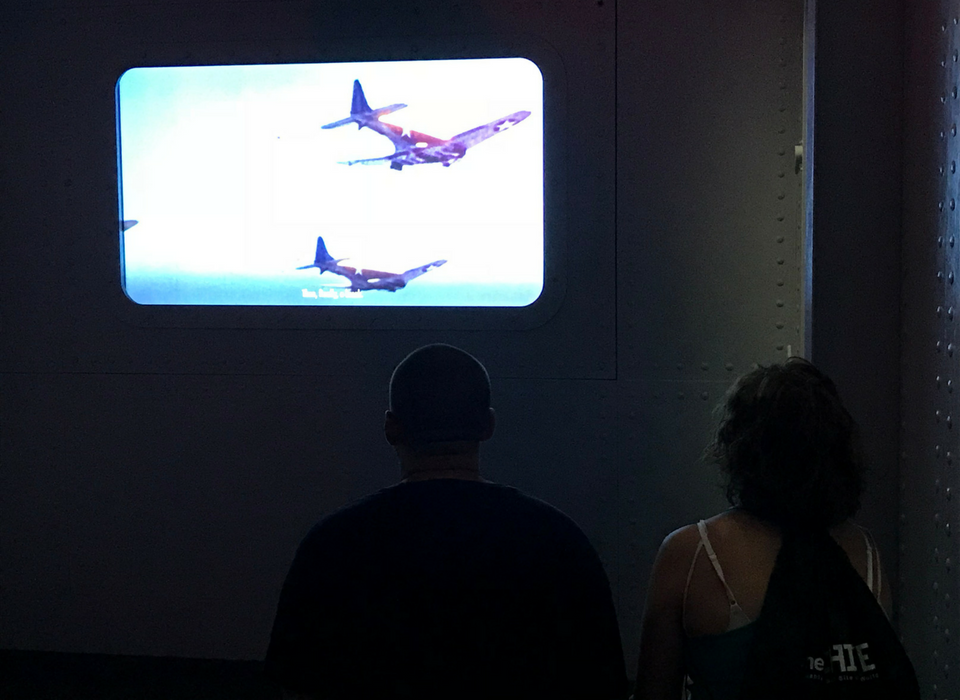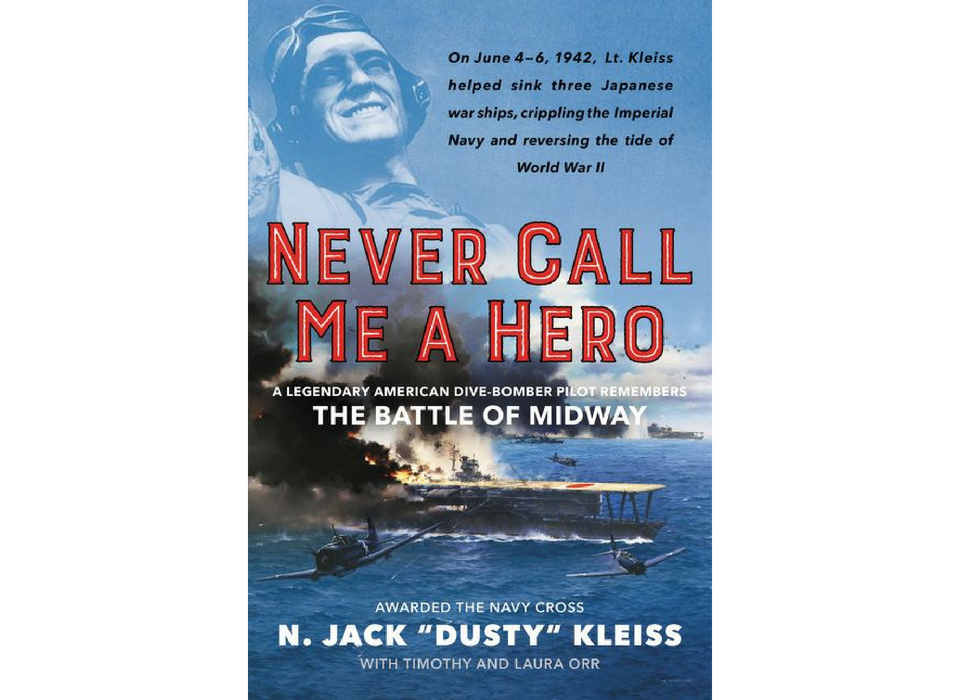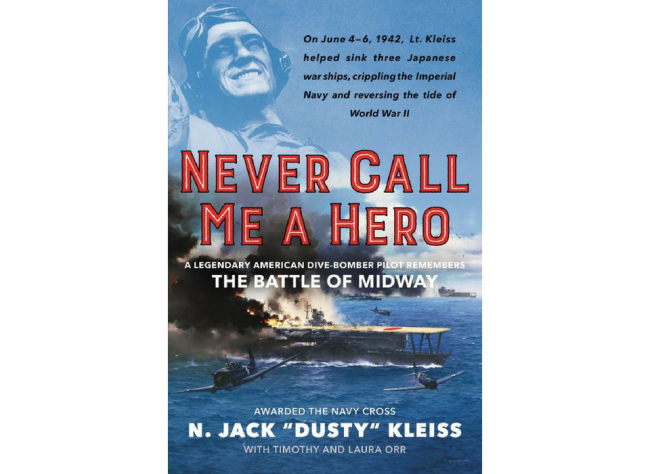“At 10:30, when my plane was about five miles from the carnage, I turned my head and gave the scene one long, last look over my left shoulder. Three frontline Japanese aircraft carriers were huge bonfires, flaming like Kansas straw stacks. The fires on Akagi reached three hundred feet into the air. The steel was red hot. Kaga was in its final death rattle. The four bomb strikes delivered by Scouting Six and Bombing Six had knocked out Kaga’s fire suppression system and killed off most of the damage control crews, leaving our incendiary bombs to do their work. Kaga was a mass of flames. After seven minutes, the fires, uncontrolled, reached the forward magazine. Suddenly the inferno led to one catastrophic explosion that scooped out the forward part of the carrier. I saw a huge object rocket into the air, smoking and burning. This was Kaga’s forward elevator, propelled aloft by the fireball. The blast produced a huge brown cloud of smoke that obscured the dying carrier utterly, and by the time the winds carried the cloud away, the ship was gone.
“From start to finish, the attack had taken about four minutes. All that training, all that struggle, to win the greatest battle in naval history in less than three hundred seconds—I have always considered it perfectly amazing. History would not much care which of the victorious pilots made it back to base. For me, just personally speaking, of course, this was a matter of historic importance, too.”
N. Jack “Dusty” Kleiss, Never Call Me a Hero, p. 205.
This passage from Dusty Kleiss’s memoir is truly memorable as an eyewitness account of the four minutes that utterly changed the momentum in the Pacific war against Japan. Kleiss was part of the attack groups VS-6 and VB-6 from the USS Enterprise that hit and destroyed two of the four major Japanese carriers off Midway.
What is striking to the reader is the visualization of the scene that Kleiss paints in vivid colors. In my previous post, Kleiss recounted how his fellow pilot Dick Best recalled the yellow deck and red Rising Sun painted on the carrier decks. Far out at sea over the Pacific Ocean, with no land in sight to break up the vast horizons, pilots flew in a universe of blue waters, blue skies, white clouds, and changing shades of sunlight. One can imagine the dramatic and brilliant colors that must have lit across the waters from the red, orange, yellow, and white explosions and flames, with hissing gray steam and black and brown smoke billowing out of the doomed carriers as they slipped into the blue abyss of the Pacific far below Kleiss’s backward gaze.
Kleiss personally scored a strike on the Kaga (Dick Best, mentioned previously, scored a hit on the Akagi). But as they were conducting the attack on those two carriers, about 20 miles to the north dive bombers from VB-3 from the carrier Yorktown arrived on the scene and attacked the Japanese carrier Soryu, mortally wounding her and accounting for the third carrier burning on the horizon Kleiss saw as he flew away.
From the sight of those three carriers burning on the surface of the Pacific, Kleiss knew that the Americans had scored a major victory over the Japanese. His reflection that history would record the victory, but did not care about the individual fates of the pilots, is also an accurate assessment of the situation in that moment on the morning of June 4, 1942.
The four minutes of the attack completely reversed the tide of the war against Japan and rank the battle as one of the most incredible in naval history. The four minutes also completely reversed the tide of the battle that morning, as other American pilots had attempted and failed to strike the Japanese carriers in waves of attacks that morning. The fact was that the Americans had been on the verge of losing the battle before the arrival of the American dive bombers over Kaga, Akagi, and Soryu. The price that Kleiss’s friends and comrades had paid in the fighting that morning would be clear to him when he returned back to the Enterprise, and will be the subject matter of my next post.
Note: This is the second of a series of four posts about Dusty Kleiss's memoir. Read Part One. Part Three. Part Four.

“A place can evoke the history that occurred there, but through words our minds truly gain perspectives and understanding of what it was like to know, feel, experience, hope, fail, triumph, and live through events from which we ourselves were absent. The written word is our most intricate map to retrace and reconstruct what we think happened, and ultimately brings us back to ourselves.”
– Keith Huxen, PhD, Senior Director of Research and History, The National WWII Museum
Keith Huxen
Keith is the former Senior Director of Research and History in the Institute for the Study of War and Democracy at The National WWII Museum.
Cite this article:
MLA Citation:
APA Citation:
Chicago Style Citation:









![Max Fuchs, New York City cantor, sings as Rabbi Sydney [sic] Lefkowitz, Richmond, VA, conducts the first Jewish services from Germany.](/sites/default/files/styles/max_650x650/public/2025-10/image1.jpg)

